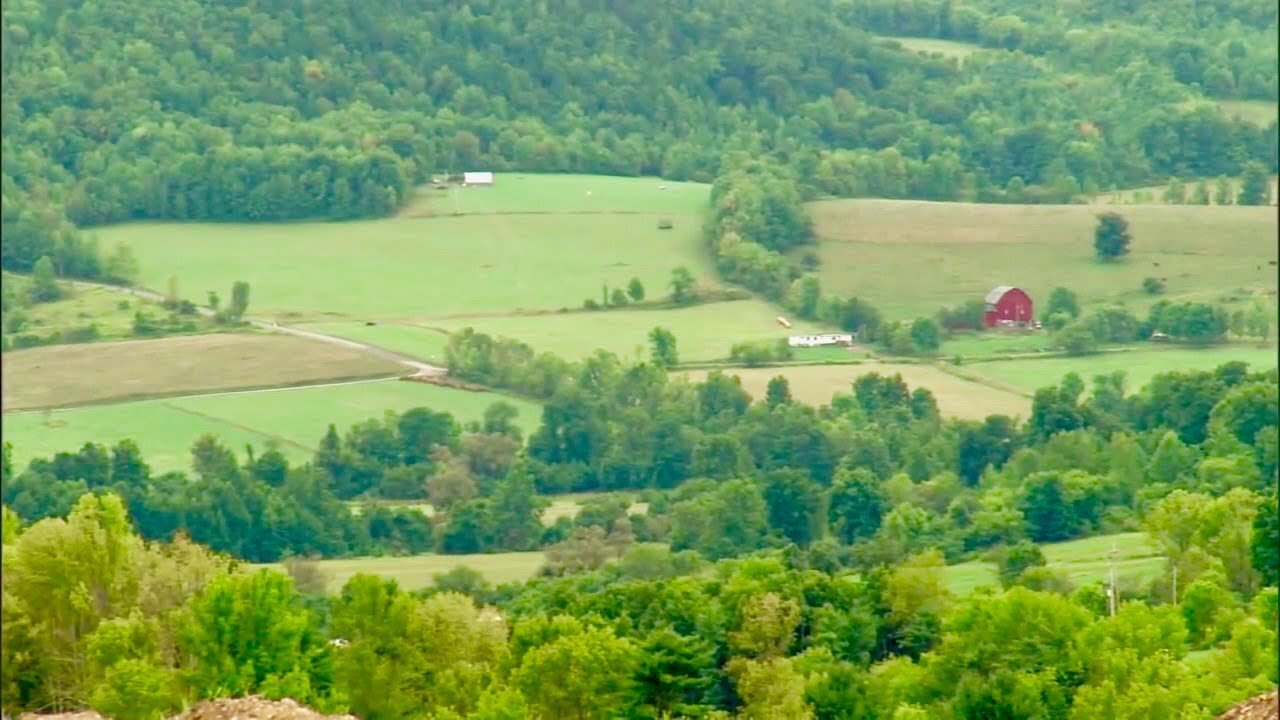Premium Only Content

Environment Friendly Fracking Company Re-Plants Trees & Returns Land To Nature - RECLAMATION
Land Reclamation - When a well finishes producing oil or gas, on average after 20 years, the last stage of the lifecycle of a well begins. This step, known as reclamation, is the process of returning the land as close as possible to its original form and use. This requires removing equipment and replanting the site with native vegetation, and can take up to five years or more to complete.
Regulators like the Energy Resources Conservation Board (ERCB) in Alberta require exploration and production (E&P) companies to make every effort to have the least amount of impact on the environment, so it’s easier to return the land to its original use.
This has dramatically affected how wells are drilled in Canada. For example, the area cleared for well pad installations has been reduced by about 40 per cent today compared to the 1970s, and drilling multiple wells from a single pad has become commonplace. (Source: Our Petroleum Challenge)
Steps in Reclamation:
Planning: Reclamation plans are required when applying for a license to drill.
Landscape designs: These plans take into consideration reintroducing appropriate vegetation and the creation of visually pleasing and functional landscapes.
Material handling: Once the general shape of the land has been formed, top soil can be placed. This soil is often made up of organic materials from the forest floor which contains seeds and roots of plants.
Re-vegetation or reforestation: Land is re-planted by smoothing top soil, placing fertilizer, seeding and harrowing. In reforestation, trees and a variety of shrubs are included in the planting mix.
Monitoring: After reclamation, E&P companies monitor the health of trees and soil. Seedling plants are assessed one year after planting and then at five-year intervals. Soil is also assessed by collecting samples and analyzing them for chemical and physical properties.
Certification: Government regulators certify land as reclaimed when reclamation is determined to be complete. This certification releases E&P companies from their land lease. However, E&P companies are held to a 25-year liability for surface reclamation issues and a lifetime liability for contamination. (Source: Syncrude Canada Ltd.)
In Alberta, Alberta Environment and Sustainable Resource Development conducts audits through field inspections at approximately 15 per cent of the sites to ensure guidelines have been met. Certificates can be cancelled if sites do not meet the remediation requirements or reclamation criteria. (Source: ERCB)
In Canada, the lifecycle of a well is a complex and highly regulated process. This process ensures Canada’s vast energy resources are accessed efficiently and with as few environmental impacts as possible.
-
 3:36
3:36
Knowledge Land
1 month agoFeeling Nerdy? Create Your AI Girlfriend ~ Free Account ~ Link In Description ~ Candy AI
26 -
 1:50
1:50
KGUN
4 years agoArizona Theatre Company returns with original show
98 -
 LIVE
LIVE
Barry Cunningham
1 hour agoBREAKING NEWS: COUNTDOWN TO COMMUNISM! ELECTION RESULTS SHOW!
1,485 watching -
 LIVE
LIVE
DeVory Darkins
53 minutes agoLIVE NOW: 2025 Election results and Exit Polls AMA
591 watching -
 LIVE
LIVE
The Charlie Kirk Show
2 hours agoJUDGMENT DAY 2025: The Election Results Stream
7,736 watching -
 LIVE
LIVE
MattMorseTV
3 hours ago $30.32 earned🔴Election Day LIVE COVERAGE.🔴
1,941 watching -
 LIVE
LIVE
Sarah Westall
2 hours agoGrooming is Protected and Encouraged by the System – Michelle Peterson and Mike Adamovich
82 watching -
 LIVE
LIVE
Akademiks
35 minutes agoKendrick tries to Flip the Bots on DRAKE? WHo Beats Jay z in a verzuz. Blueface finally free!
899 watching -
 LIVE
LIVE
Professor Nez
6 hours ago🚨ELECTION NIGHT 2025 LIVE! Massive Upsets Brewing in New York, New Jersey & Virginia!
164 watching -
 LIVE
LIVE
Due Dissidence
9 hours agoLIVE: ELECTION RESULTS From NYC, NJ, and VA - Trump Approval CRATERS, Kash's Private Jet CRASH OUT
1,300 watching